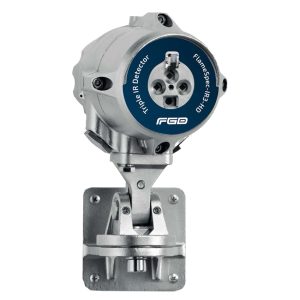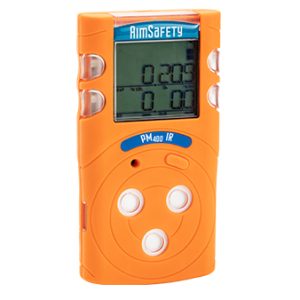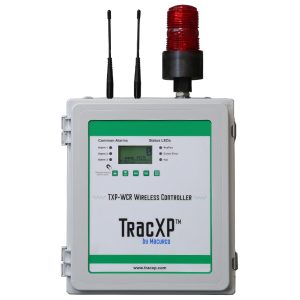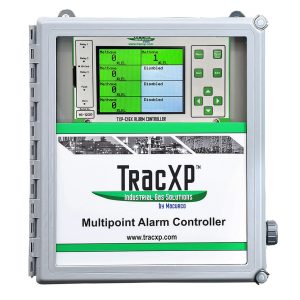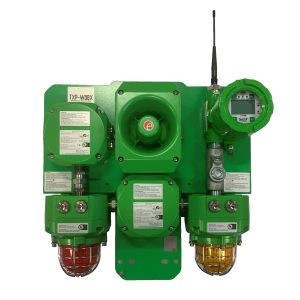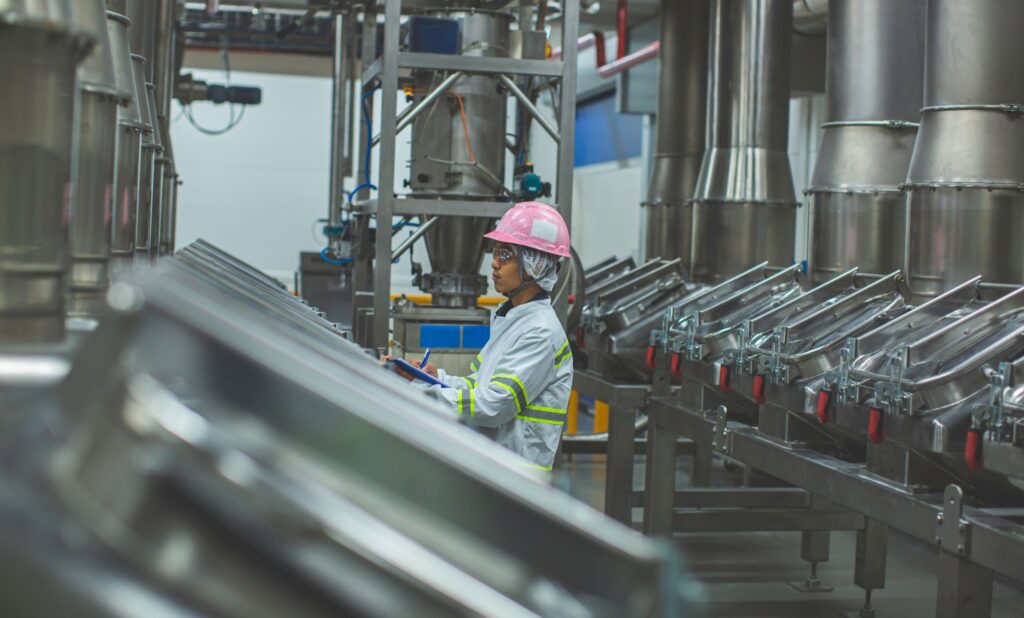
Gas detection plays a crucial role in ensuring personal and property safety within the food and beverage industry. This sector encompasses various activities, including food processing, storage, and packaging, where hazardous gases can pose significant risks. Implementing effective gas detection systems is vital to mitigate these risks and maintain a safe working environment.
Why Install A Gas Detection System?
Safety Measures
In the food and beverage industry, gas detection is essential for protecting the well-being of workers in processing plants, cold storage facilities, and packaging areas. These systems continuously monitor the air quality and promptly detect the presence of gases that could be harmful or toxic, such as carbon dioxide (CO2), ammonia (NH3), or volatile organic compounds (VOCs). By providing early warnings, gas detectors enable employees to take immediate actions, such as evacuation or donning appropriate personal protective equipment, thus minimizing the risk of exposure and potential harm.
Personnel and Property
Gas detection is equally critical for protecting property and infrastructure within the food and beverage sector. Leaks of gases like ammonia, commonly used in refrigeration systems, can lead to hazardous conditions or even explosions. Monitoring gas levels allows detection systems to trigger alarms and activate safety measures, including ventilation systems, shutdown procedures, or emergency response protocols. These measures help prevent accidents, limit property damage, and ensure the integrity of critical infrastructure.
Sustainability
Moreover, gas detection plays a significant role in maintaining product quality and preventing spoilage in the food and beverage industry. Certain gases, such as ethylene, can accelerate the ripening process of fruits and vegetables, leading to premature spoilage. By monitoring gas levels, detection systems can identify and address potential issues, allowing for appropriate storage conditions and preserving product freshness and quality.
Common Food & Beverage Processing Applications
Factory Production

Conveyor Belt Production

Gases Found
Combustible Gases
Methane/Natural Gas • Propane • Combustibles
Toxic Gases
Ammonia • Carbon Dioxide • Oxygen • Carbon Monoxide
Safety First
Implementing gas detection systems also helps ensure regulatory requirements and industry standards compliance. The food and beverage industry is subject to strict regulations to guarantee consumer safety. Companies can demonstrate their commitment to maintaining a safe working environment and adhering to applicable guidelines by employing reliable gas detection technologies.
Gas detection is of utmost importance for personal and property safety within the food and beverage industry. These systems provide early warnings, facilitate swift response to potential gas hazards, prevent accidents, protect workers, preserve infrastructure, and maintain product quality. By prioritizing gas detection, companies in this sector can ensure a safe working environment, protect their employees, comply with regulations, and uphold their commitment to consumer safety and satisfaction.




